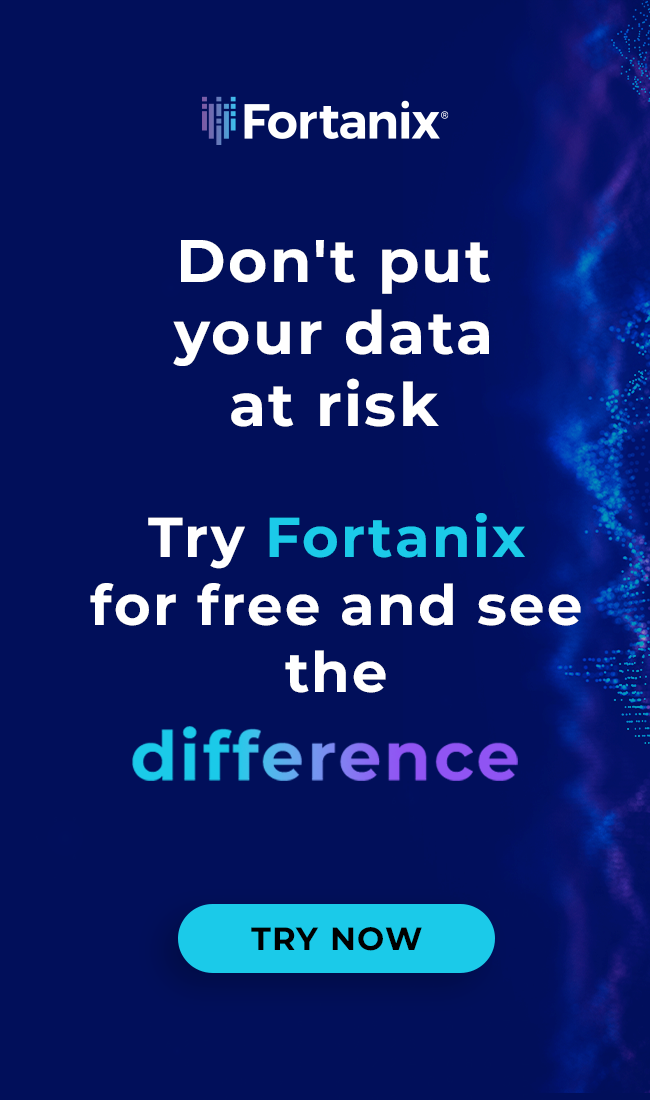Join us as we dive into the intricate world of PCI DSS compliance and discover how data tokenization helps keep your payment data secure.
Organizations face the dual challenge of complying with PCI standards while needing access to data for legitimate business purposes like analytics, customer service, and tailored experiences. This balance between data utilization and safeguarding sensitive information presents a significant hurdle.
However, innovative solutions like data tokenization offer a promising resolution. For instance, when customers make purchases or share payment information, their credit card numbers, and vital details get replaced by tokens. These tokens retain usability for internal processes such as transaction records, loyalty programs, or analytical purposes.
Organizations can use valuable insights and maintain operational efficiency from data while ensuring that sensitive information remains securely protected and inaccessible.
Let us look into how Data Tokenization helps achieve PCI DSS compliance.
What is PCI DSS Compliance?
The PCI DSS (Payment Card Industry Data Security Standard) Compliance is a set of security standards established to protect sensitive payment card data. It applies to any organization that processes, stores, or transmits credit card information.
The primary goal of PCI DSS is to prevent data breaches and theft of cardholder data by establishing a robust framework for security measures, including encryption, access controls, network monitoring, and regular security assessments.
What is Data Tokenization, and How does It help with PCI DSS Compliance?
Data Tokenization substitutes a sensitive data element with a non-sensitive placeholder called a token. Tokens are generated randomly and lack any inherent or exploitable meaning or value. They function as a reference to the sensitive data within a tokenized dataset. Data Tokenization is commonly used to protect sensitive information such as credit card numbers, social security numbers, and other personally identifiable information (PII).
Data Tokenization can be of two types: reversible and irreversible. Reversible data tokenization is a form of data tokenization where a mechanism or process allows the original data to be reconstructed from the token.
In contrast to irreversible or one-way data tokenization, which ensures that the tokenized data is irreversibly transformed and cannot be easily converted back to its original form, reversible data tokenization provides a way to revert the tokenized data to its original state. It can be achieved through robust encryption, where a cryptographic key is stored instead of the original data, or by retrieving data from a token vault.
Irreversible tokens render it impossible for any party to regenerate the original value from the substituted token.
Most organizations prefer format-preserving tokens to ensure compatibility with existing applications and business processes. Format-preserving tokens are more easily integrated into systems that expect specific formats.
For example, if a database or application expects credit card numbers in a certain format (e.g., 16 digits grouped in sets of four), using format-preserving tokens ensures seamless integration without requiring significant modifications to the existing data handling processes.
Non-format preserving tokens do not resemble the original format or structure of the tokenized sensitive data.
An example below shows the difference between the both:
| Format-Preserving | Non-Format-Preserving |
|---|---|
| Payment Card Number 7862 2139 2342 7680 |
Payment Card Number 7862 2139 2342 7680 |
| 5444 7865 3467 8863 | 67a12f234-9gh9l7-67hg-8ujh-3467g56i9887 |
Data Tokenization is a valuable tool for achieving PCI DSS compliance. It allows businesses to replace sensitive payment and cardholder data with non-sensitive tokens. With data tokenization in place, even in case of a security breach, the compromised data is useless to hackers, as it doesn't hold actual cardholder information.
As per the PCI DSS Summary of Changes: v3.2.1 to v4.0 [source], data tokenization helps.
- Protect stored account data.
- Protect cardholder data with strong cryptography during transmission over open public networks.
- Develop and maintain secure systems and software.
- Restrict access to system components and cardholder data by business need to know.
- Identify users and authenticate access to system components.
- Log and monitor all access to system components and cardholder data.
How Data Tokenization Reduces PCI DSS Compliance Scope
- Data Tokenization simplifies the need for PCI DSS compliance by reducing the number of components that need to comply with PCI DSS requirements.
- Storing tokens instead of Primary Account Numbers (PANs) is a method that helps in reducing cardholder data in the environment.
- Credit card data tokenization significantly reduces risk and scope as credit card data is limited to the point of capture and the data vault.
- The extent to which data tokenization reduces a company's scope depends on how its technology and business processes interact with payment card data.
- Technically, data tokenization system components are part of the cardholder data environment within PCI scope, but if a third party handles the card vault, it's out of scope for the business.
- To reduce scope effectively, businesses must ensure their data tokenization vendor is PCI SSC approved and secure data tokenization systems and processes with strong security controls.
How Fortanix Helps
Our data tokenization offering boasts several key features and benefits:
- Reversibility: Enables retrieval of original data when needed for authorized purposes.
- Deterministic: Ensures consistent output for the same input data using the same key.
- Vault-less: Eliminates the need for a centralized token vault, reducing vulnerabilities.
- Advanced Data Masking: Allows dynamic masking of tokenized data based on criteria with role-based access control.
- Diverse Data Types: Supports configurable Data Tokenization Data Types for various requirements.
- High Scalability: Adaptable for organizations of all sizes, efficiently handling large data volumes.
- Integration Flexibility: Seamlessly integrates with existing systems and data formats.
- Performance and Efficiency: Optimized for minimal disruption to business operations.
- Monitoring and Audit Trails: Provides tamper-proof monitoring and auditing for compliance and analytics.
Conclusion
Data Tokenization offers a strong security layer to protect sensitive payment data, which enables businesses to comply with the PCI DSS (Payment Card Industry Data Security Standard). Businesses can drastically lower their risk of fraud and data breaches by utilizing tokens instead of cardholder information.
Connect with our team if you're ready to move your organization's data tokenization implementation forward. We would like to share more information and demonstrate how data tokenization can improve your compliance and data security initiatives.

 Cite this article
Cite this article









